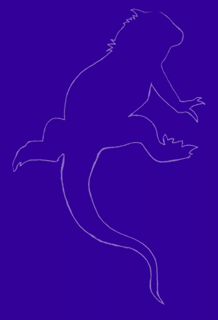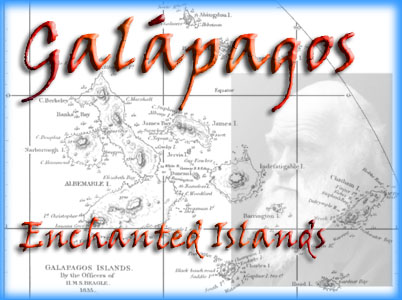|
"The
natural history of these islands is eminently curious
and well deserves attention.....The archipelago is a little
world within itself....[where] both in space and time,
we seem to be brought somewhat near to that great fact,
that mystery of mysteries, the first appearance of new
beings on this earth." —
Charles Darwin
As
a young schoolboy learning of Charles Darwin's 1835 visit
to the Galápagos Islands aboard the H.M.S. Beagle,
I was inspired to read more about natural history and
determined to some day travel to this "little world
within itself."
Finally
able to visit in August 2001, I was struck by the archipelago's
primordial beauty, its fearless wildlife, and the splendid
quality of the equatorial light that seemed to be as much
a substance as the brilliant blue Pacific and the islands
themselves.
Isolated
from the mainland, the Galápagos contain
unique species whose members display divergence even between
inhabitants of different islands, the result of having
to adapt to slightly different conditions. There are few
places in the world where it is possible to find such
a variety of species which show so many degrees of evolutionary
change in such a restricted area. It was this diversity
of unique forms and their distribution that captured Darwin's
attention and led him to formulate his theory of natural
selection and write the Origin
of Species in 1859.
For
eight days I sailed among these islands and islets of
volcanic origin that straddle the equator 621 miles west
of Ecuador on the Andando, a 105 foot steel hulled brigantine.
I was able to visit several of the islands and closely
observe plants and wildlife that are found nowhere else
on earth, all while experiencing the thrill and freedom
of sailing on the open sea.
I
have tried to capture some of the adventure, mystery and
wonder of this unique place in the following images.
|





